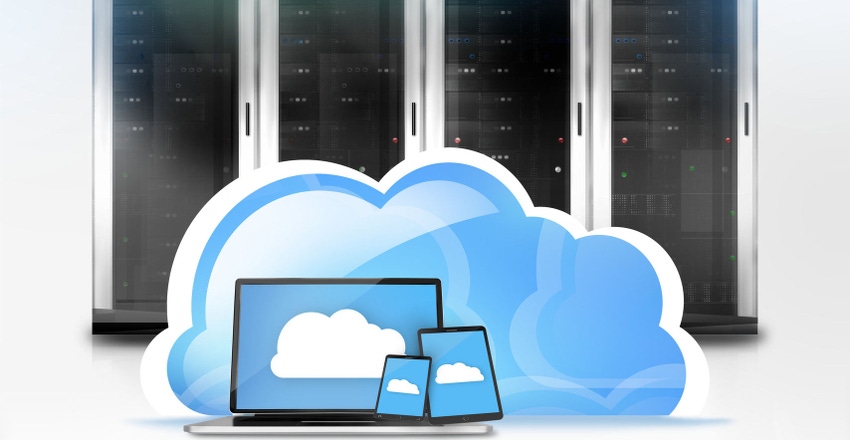The adoption of edge computing is going to become key for industrial companies seeking to implement modern cost-saving measures, 5G, and make the transition to Industry 4.0.
August 23, 2018

Telecoms.com periodically invites expert third parties to share their views on the industry’s most pressing issues. In this piece Charlie Osborne of Edge Computing Congress looks at the role edge computing has to play in Industry 4.0.
The adoption of edge computing is going to become key for industrial companies seeking to implement modern cost-saving measures, 5G, and make the transition to Industry 4.0.
The manufacturing sector is no longer centred around isolated equipment and manual maintenance. Instead, businesses have the potential to thrive due to data.
Industrial companies are now operating on a global scale and have IIoT devices, software, and services at their disposal to transform data points into information which can improve both operational efficiency and the bottom line.
Industrial players and companies at large are no longer forced to send their data to one area in-house or to the cloud for analysis, which requires high levels of expenditure and can cause latency and security challenges.
Instead, Internet of Things (IoT) devices, sensors, and cloud services, empowered by edge computing, offer a scalable way to streamline traffic flows and process data in real-time close to the source, increasing the efficiency of data processing, reducing latency, initiating bandwidth savings, and more.
IoT micro data centres used by edge computing will become even more important in the future with the emergence of 5G networks.
Despite predictions that the enterprise will spend over £1 trillion on IoT networks, devices, and management systems by 2020, the industrial sector is yet to realize the full potential of edge computing.
Edge computing has the potential to disrupt the industrial sector more than most. Companies are making the move towards Industry 4.0 but recent research suggests that only a quarter of industrial firms feel they have a sufficient understanding of how digital processes can improve their business.
Only three percent of data points gathered by today’s industrial IoT systems are utilized which leaves 97 percent of otherwise actionable data floating in the wind.
Service providers have a key role to place in the adoption of edge computing. As enterprise players lean towards this next-generation technology in order to improve operational efficiency and to tap into the benefits of Big Data and IoT, service providers cannot afford to be left behind.
The enterprise expects service providers to innovate in order to push intelligence and computing out to the edge, meeting both the technological and data challenges of modern manufacturing, as well as offer ways to future-proof industrial processes.
Whether or not industry players know it yet, edge computing will become a necessity in the coming years to facilitate the transfer and analysis of large volumes of data and to control industrial and operational processes making the shift from legacy systems to Industry 4.0.
Companies offering such services need to establish a strategic plan to take advantage of what edge computing offers. The deployment of edge computing will become a crucial component of future industries, but many companies need to understand where to start.
Service providers must understand what industrial players expect, the challenges ahead, and how edge computing can be implemented as a justifiable investment which benefits the enterprise.
For more information and to learn what is wanted, needed and expected from edge computing service provider download our recent report.
Read more about:
DiscussionAbout the Author(s)
You May Also Like








.png?width=300&auto=webp&quality=80&disable=upscale)


_1.jpg?width=300&auto=webp&quality=80&disable=upscale)


.png?width=800&auto=webp&quality=80&disable=upscale)